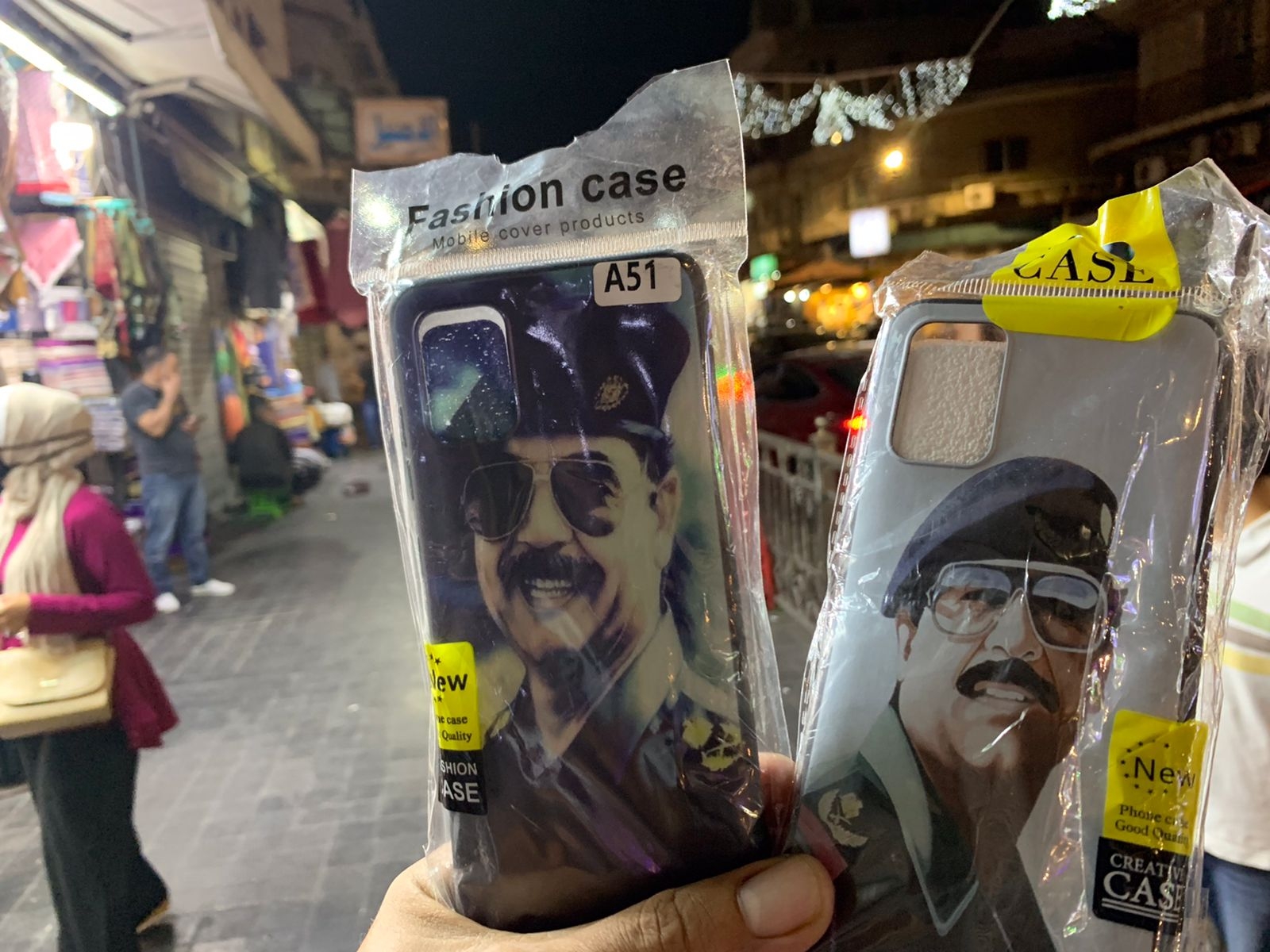
In pictures: Why Jordanians still love Saddam Hussein
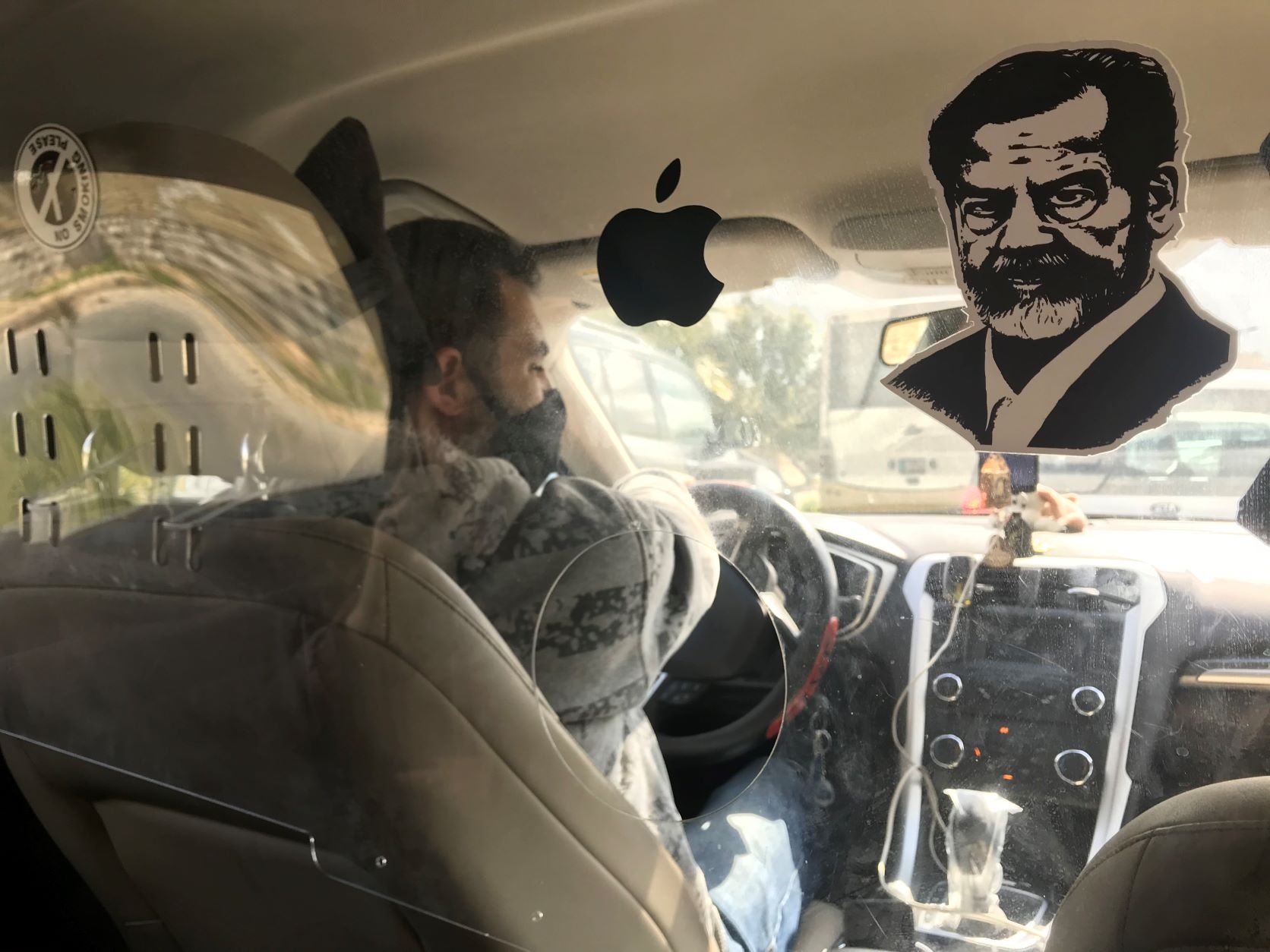
From bumper stickers to mobile phone covers and even face masks worn to protect against the coronavirus, the image of former Iraqi president Saddam Hussein is widespread across the Jordanian capital, Amman. Despite his record of human rights abuses, the late Baathist leader, who was executed in 2006 after the US invasion of Iraq, is fondly remembered by many Jordanians for his Arab nationalist ideals and perceived resistance to western interference in the Middle East. (All pictures by Mohammad Ersan)

Many of the Jordanians Middle East Eye spoke to put his popularity down to Saddam's support for the Palestinian cause, which included payments to families of those killed by Israel, as well as funding scholarships for Palestinian and Jordanian students to study in Iraq. Other factors include Iraq's generous economic subsidies to Jordan during the Saddam era, which included the supply of oil at subsidised rates or no cost at all. Despite being deposed in 2003, Hussein remains popular with members of the Jordanian Al Nawaysa tribe, who named all their sons born in the year 2010 after the Baathist leader.
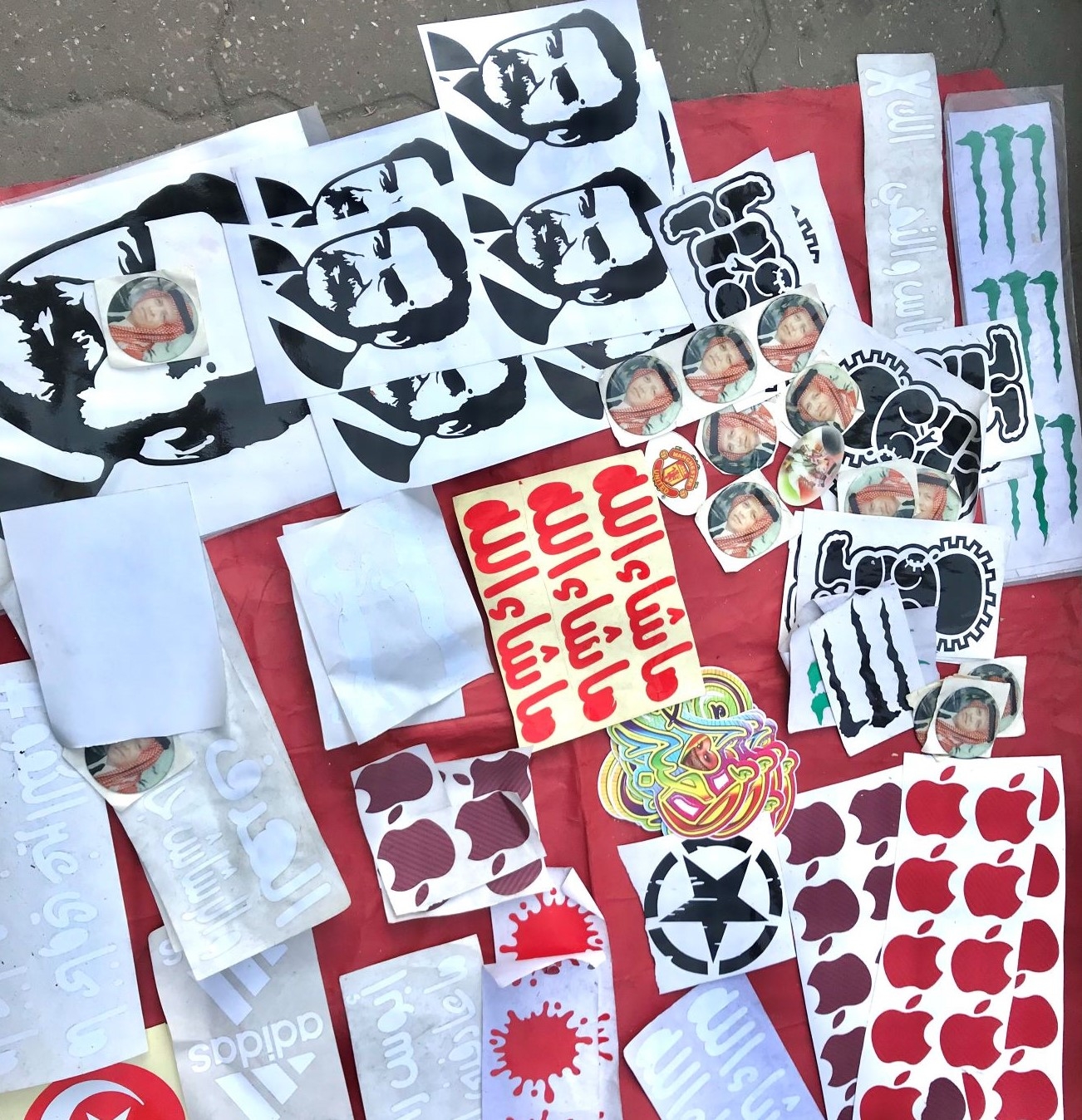
Like most Arab states, Jordan supported Iraq during its war against neighbouring Iran throughout the 80s but also gave the country its backing after its invasion of Kuwait in 1990, a rarity among Arab states, which largely opposed the occupation and joined American-led efforts to expel the Iraqis.
After initially adopting a position of neutrality, the late Jordanian monarch King Hussein said the American intervention was "against all Arabs and all Muslims and not against Iraq alone". In the following decade, however, relations between the two Arab states cooled with Jordan providing limited numbers of US special forces bases on its territory in the run-up to the 2003 invasion of Iraq.

Usama Yacoub, a 25-year-old merchant in downtown Amman, has an image of the former Iraqi leader on his mobile phone cover. He told MEE: “Saddam was someone who resisted. He was the best Arab leader in my opinion. He was a hero who resisted the occupiers and I am proud to have his image. I don’t consider him a dictator. He sacrificed his life for his people." Author Walid Hosni says for many Jordanians, Hussein represents "the image of the missing Arab hero who stands up to the US and Israel...His presence in Jordan exceeds that of the late Egyptian president Gamal Abdel Nasser.”
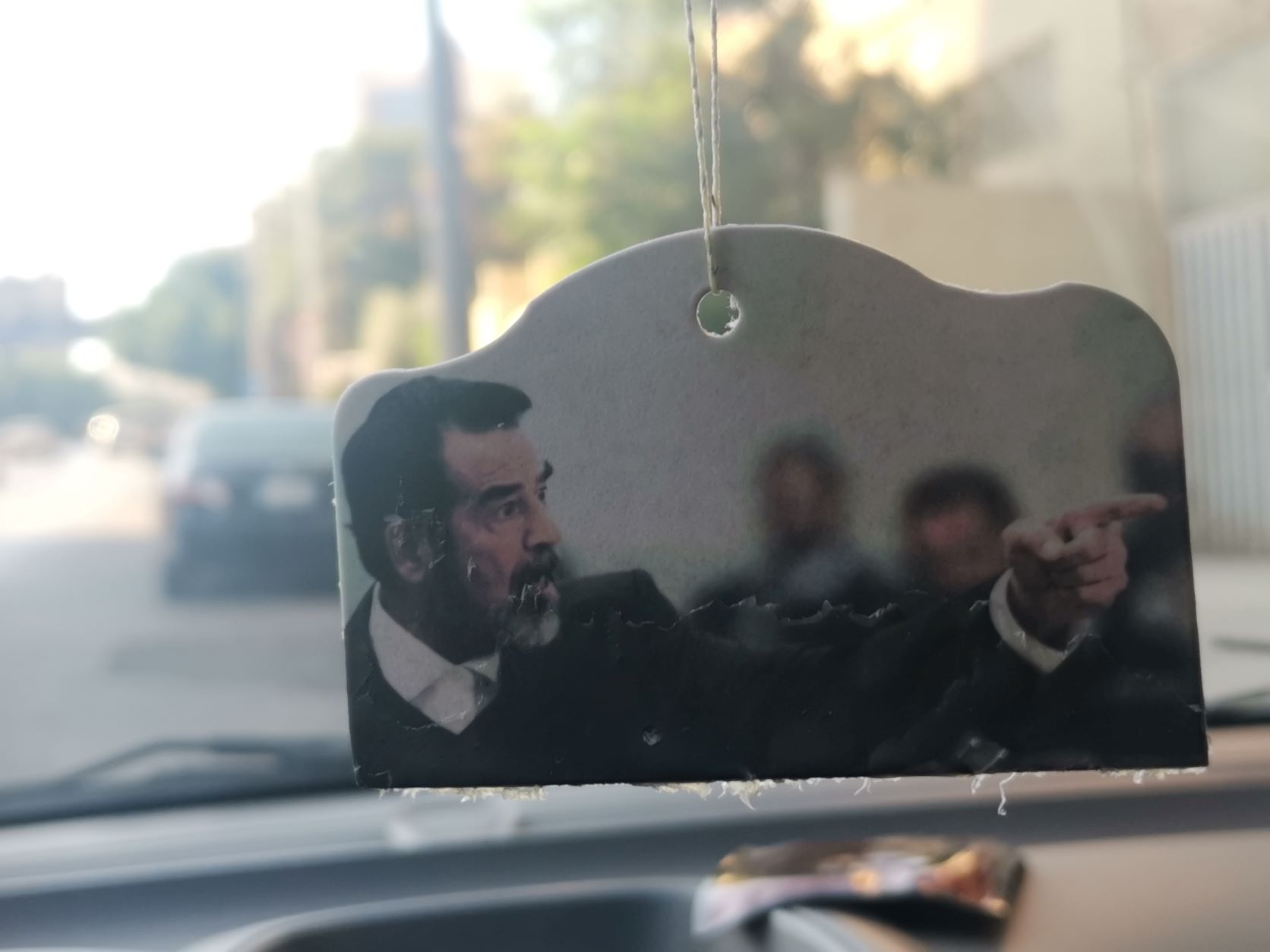
Ibrahim Amari, a taxi driver, agrees. He has the likeness of Saddam hanging in his car so as to remind his passengers of the role Saddam Hussein played in confronting Israel, which was one of the targets of Iraqi Scud missile attacks during the first Gulf war. "Not a single Arab leader dared to do that," Amari says. However, the image gets mixed reactions from his customers: "There are different points of view. Some Iraqis in Jordan are bothered by it because they didn’t like Saddam, but the vast majority of my passengers love the hanging image and they say good things about it.”
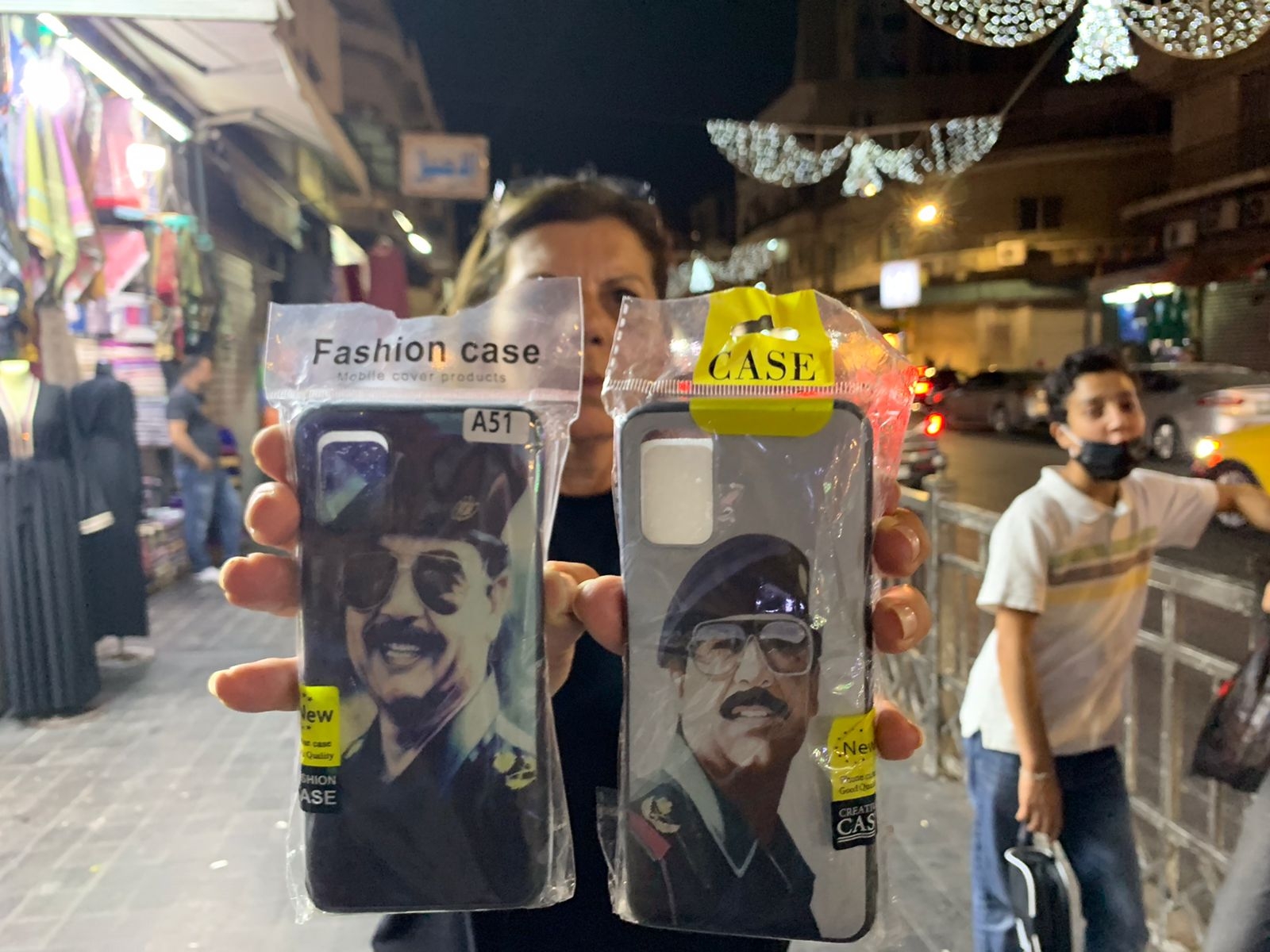
Not all Jordanians are fans of Saddam Hussein. Representing one such viewpoint, one Jordanian woman named Nadine Mayita said: “He destroyed Iraq when he invaded a fellow Arab country, Kuwait. He brought misery to his people, he carried out massacres against minorities and on his own people, the Kurds in Halabja, using chemical weapons."

Jordan's support of Iraq during the First Gulf War was not without consequence. Hundreds of thousands of Jordanian expatriates working in Gulf states were expelled, alongside Palestinians and Yemenis, whose leaders had also backed Saddam. Remittances sent by Jordanians working abroad were an important source of foreign currency into the country. Estimates of the economic impact of the war on the Jordanian economy in the months following the conflict range from losses of around $4bn to $8bn.
This article is available in French on Middle East Eye French edition.
Middle East Eye propose une couverture et une analyse indépendantes et incomparables du Moyen-Orient, de l’Afrique du Nord et d’autres régions du monde. Pour en savoir plus sur la reprise de ce contenu et les frais qui s’appliquent, veuillez remplir ce formulaire [en anglais]. Pour en savoir plus sur MEE, cliquez ici [en anglais].




